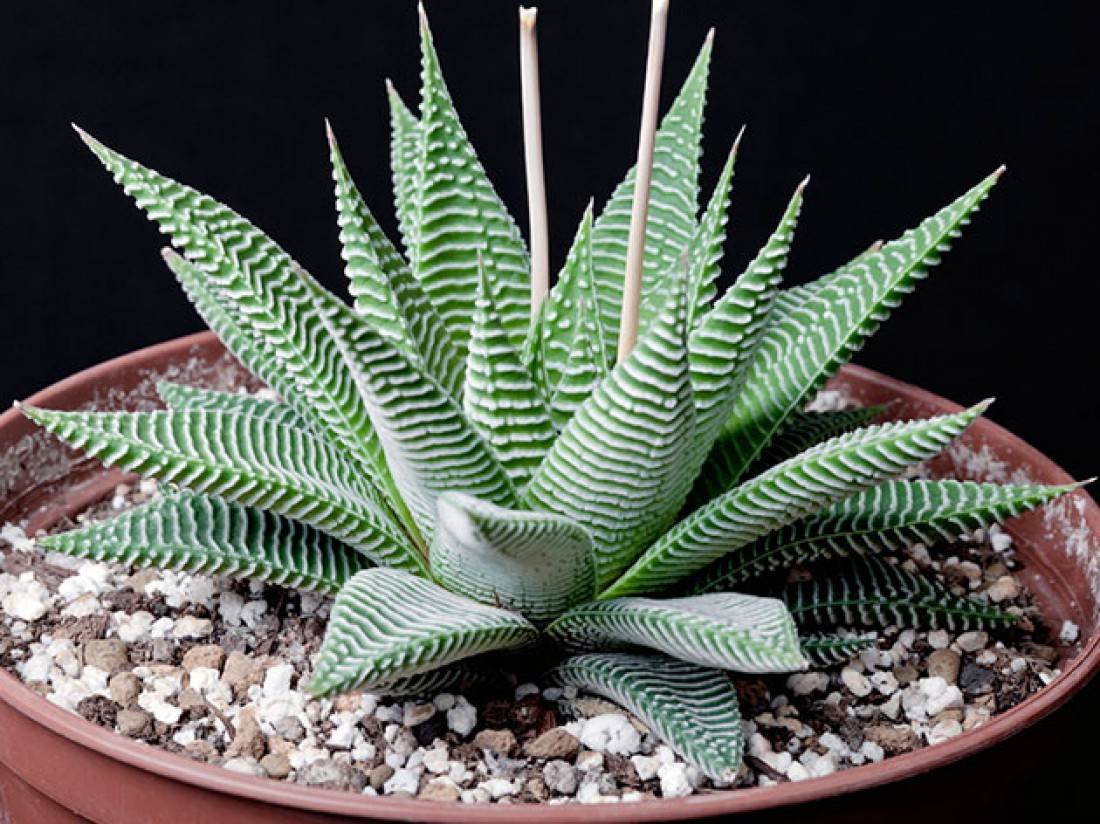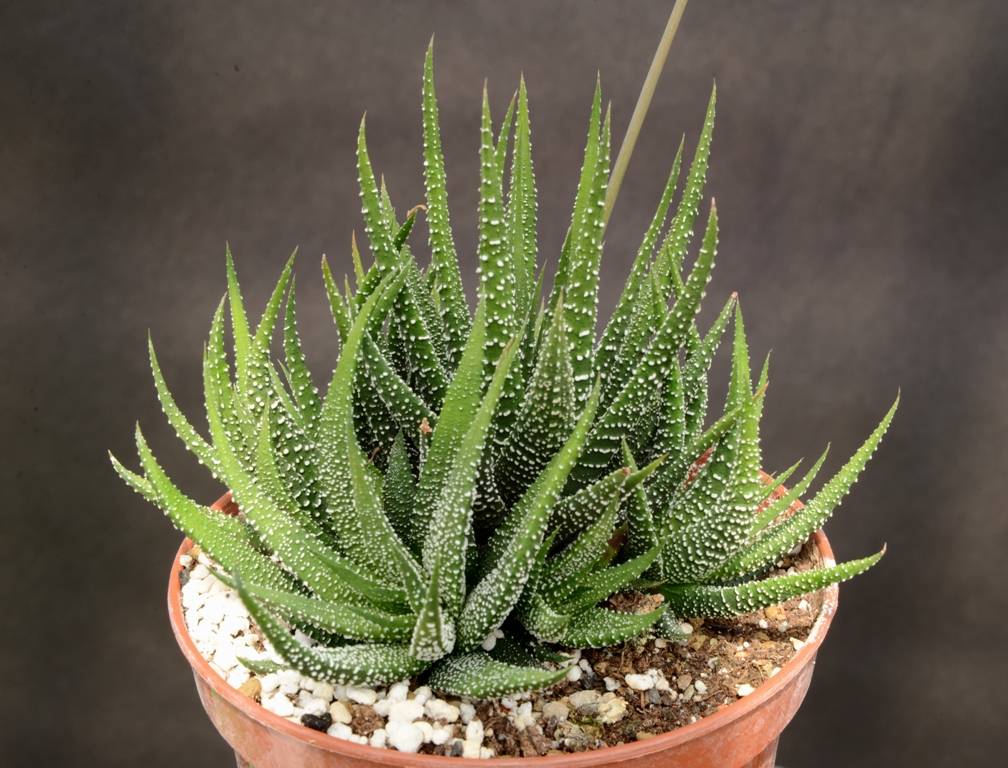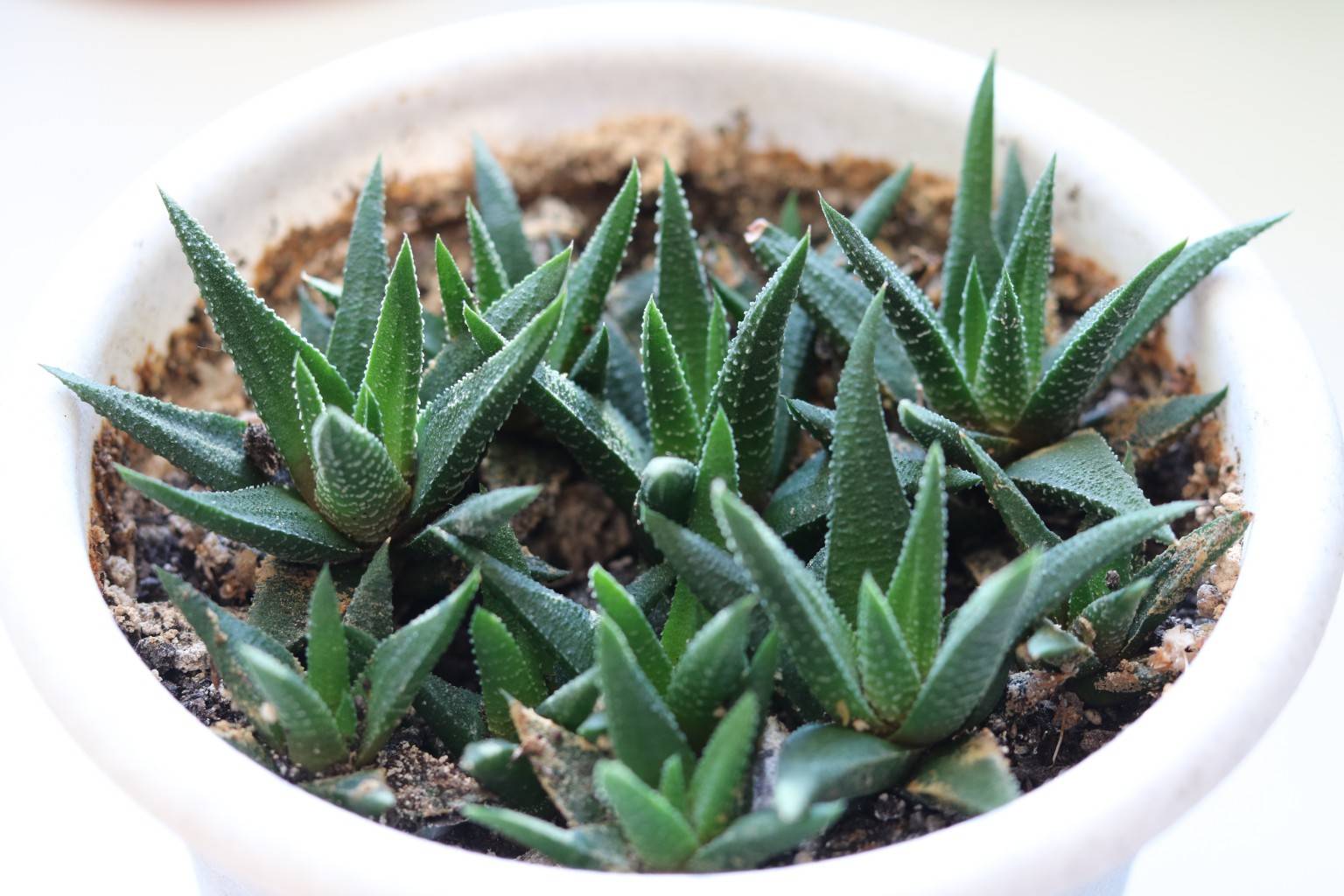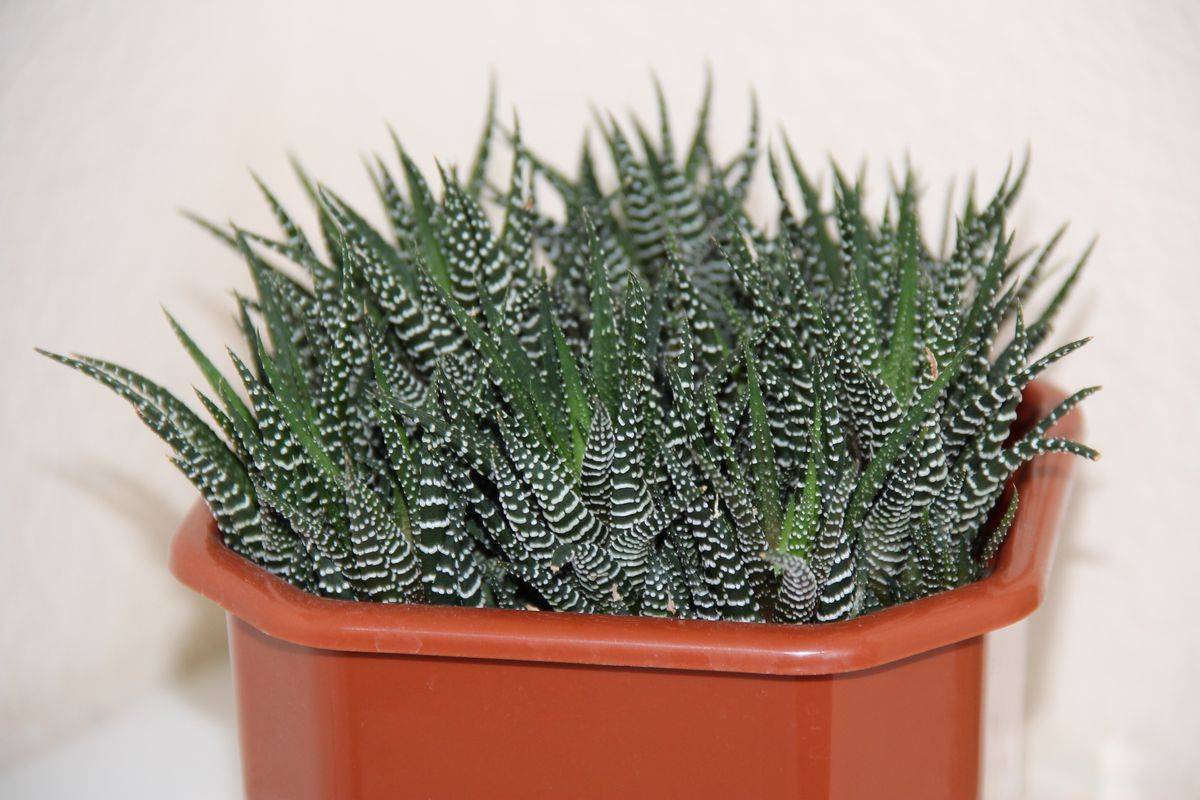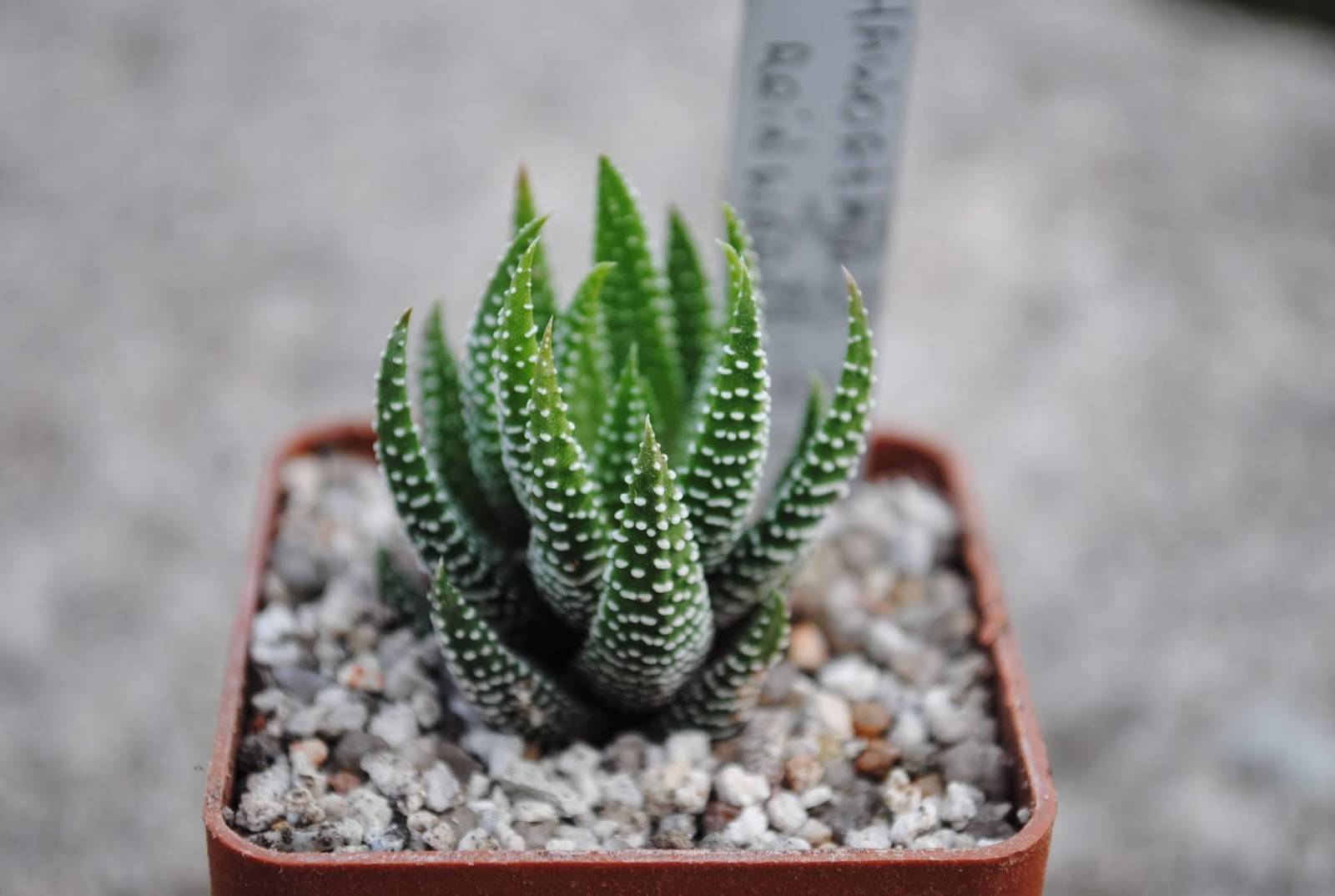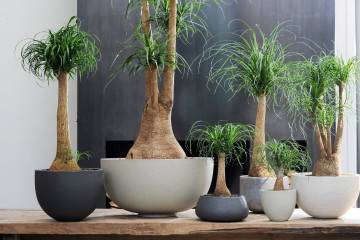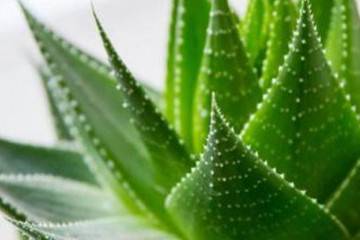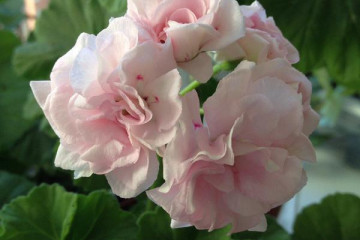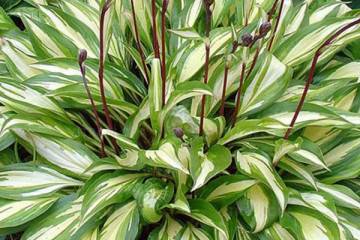Haworthia - types of striped, pearl and others
Content:
Due to their unpretentiousness and ease of maintenance, succulents are considered the most suitable plants for beginners. Haworthia occupies a special place among these exotic southern plants. The article below discusses the characteristic features, a description of the Haworthia succulent, home care, breeding methods and possible plant diseases.
Description of the Haworthia plant
Haworthia is the general name for a species of succulent plants of the Xanthorrhea family. There are about 160 varieties in total. They got their name in honor of E. Haworth, the British researcher of succulents, who devoted most of his life to the study of this plant.
The appearance of haworthia differs depending on the specific plant species. The size varies from very tiny, no more than 5 cm in length, to large, about a quarter of a meter. Haworthia is a stemless rosette of succulent leaves, often covered with raised white spots (called tubercles) or teeth of various shapes. Succulent leaves can be of different colors: from light green to brick red or brown. Their shape is sharp, semicircular, triangular and even needle-like.
Despite the large differences in the appearance of the Haworthia flower, the species of this succulent require the same care and maintenance conditions.
Types of root systems
There are three types of Haworthia roots:
- underdeveloped - characteristic of compact species;
- mobile and small - able to raise or lower the upper part of the plant;
- large and wide - provides accelerated growth.
Varieties
The most common types of haworthia intended for indoor cultivation are:
- striped (Haworthia Fasciata). Stemless type of Haworthia with narrow and long (up to 15 cm) marsh-green leaves. The inner side of the leaf is smooth and monochromatic, the outer side is covered with horizontal stripes with convex flat tubercles of light color. Another name is Haworthia Fasciata;
- drawn. Very similar to the previous type of Haworthia, but its leaves are narrower and shorter, only up to 5-7 cm in length;
- winding. Stem Haworthia with small wedge-shaped pimpled leaves;
- sticky. A characteristic feature of this type is rough castings arranged in three rows. Plant height can reach 23 cm;
- Haworthia navicular is one of the most popular and widespread species. Outwardly, it is very similar to the well-known lotus flower;
- Haworthia pearl is similar in appearance to the Haworthia Limifolia species. Stiff-leaved and stemless species. The leaves of this plant are fleshy and very long, up to 27 cm in length. They are completely covered with pearl-colored tubercles. The younger sibling of this variety, Haworthia Limifolia, has less long leaves, up to 10 cm in total;
- chess. Haworthia with netted and extremely thick leaves, wide at the stem and narrow at the ends;
- Reinwardt is another representative of the hard-leaved haworthia. The peculiarity of this species is the leaves growing upwards at right angles;
- Retuza, or dull. Haworthia with small multifaceted leaves with windows.
Conditions of maintenance and care in apartment conditions
Haworthia is an ideal plant for growing at home. It is miniature and unpretentious. Succulents are notable for the fact that even without flowering they are a wonderful interior decoration.
The homeland of Haworthia is Africa, a hot country with long daylight hours, so the plant loves temperatures no lower than 20 ° C, bright and diffused sunlight. It will grow in the shade too, but may change the color of the foliage. The humidity level of the air does not really matter. In winter, the temperature is lowered down to 5 ° C.
The plant needs a moderate amount of moisture. It is not recommended to spray the top of the succulent, but if dirt or dust accumulates, it can be wiped off with a damp cloth or cotton pad.
The frequency of watering this type of succulent depends on the period of the year:
- in the summer - twice a week;
- in autumn and spring - every three weeks;
- in winter - every five weeks.
As a top dressing, a weak solution of fertilizers intended for succulents or cacti, mixed with water for irrigation, is used. Hawortia is fed only in the warm season - from spring to mid-autumn.
Selection of soil and pot
The soil for the succulent should be loose, so the plant can get the required amount of water without the danger of overflow. In a gardening store, you can buy ready-made soil, which includes leaf soil, turf, humus, sand and baking powder - broken brick, expanded clay or coal.
Transfer
Every third spring, Hawortia is transplanted into a new pot, which should be several centimeters wider than the previous one (but not deeper).
Step-by-step transplant process:
- The pot is filled with a layer of drainage and soil. It is better to use flat and wide containers with a pallet as a pot.
- The flower is removed from the old pot and placed in a new pot. The damaged areas of the roots found during transplantation are cut off.
- Before and after transplanting, the plant should not be watered for several days. So it can take root better.
Phases of activity and rest
The dormant period of the plant begins in mid-autumn and lasts until the first month of spring. At this time, it is important to lower the temperature in the room, otherwise the flower will stretch out ugly and lose its attractiveness. Haworthia does not need feeding during rest.
Bloom
Don't worry about the lack of flowers on this succulent. Many owners do not know how Haworthia blooms in the house, as this plant rarely acquires buds in captivity. Haworthia inflorescences do not look very attractive, they are pale and small flowers on a long peduncle. They can be white, pink or yellow.
If the owner wants to see the Haworthia flowers with his own eyes, and the plant does not bloom in any way, you can stimulate this process with the help of a few tricks:
- increase in the duration of daylight hours;
- regulation of temperature differences;
- enrichment of the soil composition.
The appearance of buds on an indoor plant is often a long-awaited event for the gardener. As for the succulent Haworthia, the flowering of this plant takes a lot of vitality, but does not give much beauty, so it is recommended to pinch the flower stalks.
How does it multiply
Haworthia is propagated by seeds, cuttings or leaves. It is recommended to carry out the last two procedures in the spring season.
Seed propagation
This is a laborious and time consuming process. Plant seeds are placed in a flat tray with moistened soil. Before the first shoots appear, the container is covered and left in a warm, well-lit place. It is possible to transplant sprouts in separate pots only after 6 months.
Propagation by cuttings
Depending on the presence of roots on the cuttings, haworthia can be propagated by the following methods:
- lateral shoots without a root system are placed in wet sand until their own roots appear, then transplanted into a pot with soil;
- cuttings with already formed roots are immediately placed in the soil for succulents.
Leaf propagation
An easier way in which the plant can reproduce much faster. The strongest and healthiest leaf of the plant is carefully cut off near the trunk and dried for several weeks. After it is placed in moist sandy soil for about a month. After root formation, young plants can be planted in separate pots.
Diseases and pests
Like other succulents, the zebra cactus, or haworthia, is subject to two types of decay - root and gray.
Root rot arises from excess moisture in the roots of a plant. Outwardly, this manifests itself in a darkening of the stem and base of the foliage. This ailment can only be cured by timely transplantation, while all areas infected with rot are removed. With the complete loss of the root system, it is impossible to save the plant.
Gray mold is a fungus. Outwardly, it looks like soft gray spots on the leaves. For treatment, a mixture of soap and copper solutions or foundation is used. The damaged leaves are removed, and the plant itself is treated with a medicinal solution once a week until complete recovery.
Pest control
Compared to other species, Haworthia succulents are less susceptible to infection by pests such as botrytis or spider mites. Their appearance can only be provoked by an incorrectly selected top dressing.
Swollen and deformed leaves of a red hue indicate infection with a root worm. Other symptoms are light bloom on the soil and pot. To get rid of this pest, drugs such as insecticides, ethyl alcohol, and calendula-based tincture are used.
Outgrowths of a succulent atypical for this species are a sign of scute infection. The area around the bumps is usually inflamed, yellow or orange. First of all, all detected individuals are removed from the plant, then the surface of the flower is wiped with alcohol tincture.
Another dangerous parasite is aphids. This pest lives on the outside of the foliage. As a treatment, spraying with chemicals or tinctures with a pungent odor is used. This procedure should be carried out every 10 days during a month.
Haworthia is an unusual and beautiful perennial succulent plant. It is very easy to look after him. However, even this flower can bring disappointment if the rules of maintenance and care are not followed. A wide selection of succulent species will allow everyone to find a plant to their taste.In Russia, the most purchased variety is striped Haworthia, home care for which is no different from caring for other types of succulent. For those who cannot make a choice, there is a set consisting of several different types - Haworthia mix.
